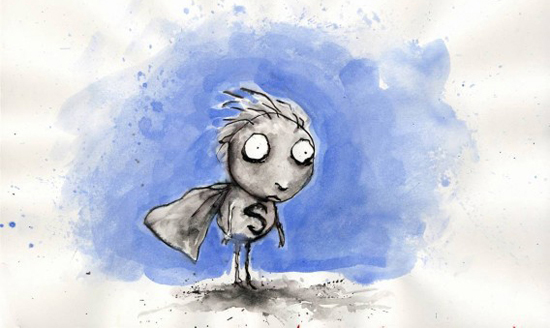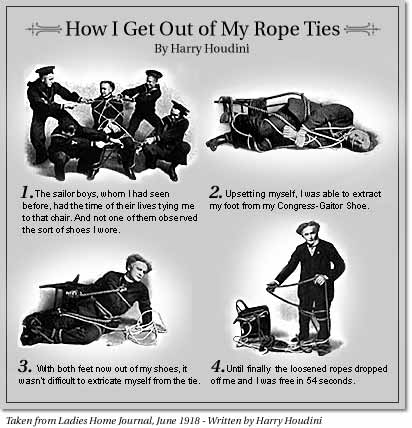Music and comic book art are the two passions of Robert Crumb’s creative life. In this video from W.W. Norton, Crumb talks about his obsessive interest in the old-time blues, folk and country music of the 1920s and 1930s. “I think it’s neurological,” he says. “Some quirky types of nervous systems are just attracted to that old music.”
As one of the pioneers of the underground comix movement in the late 1960s, Crumb’s work often related in some way to his love of music. His famous “Keep on Truckin’ ” comic of 1968 was inspired by the lyrics of Blind Boy Fuller’s song, “Truckin’ My Blues Away.” That same year Janis Joplin, who was singing with Big Brother & the Holding Company, asked Crumb to design the cover of the band’s album Cheap Thrills.
Since then, Crumb has designed hundreds of album covers and music posters. His new book, R. Crumb: The Complete Record Cover Collection, brings together all the covers and many related works. The book contains portraits of famous artists like Robert Johnson and Woody Guthrie, along with works featuring obscure artists with names like “Ukelele Ike” and “Big John Wrencher and his Maxwell Street Blues Boys.” There are also covers and posters made for Crumb’s own band, the Cheap Suit Serenaders.
Crumb is a banjo and mandolin player. One group he has sat in with in recent years is Eden & John’s East River String Band. This video was directed by the group’s co-leader, John Heneghan, and includes appearances by himself and his partner Eden Brower. The video features the following songs:
- “Sing Song Girl” by Leroy Sheild (1930)
- “Some of these Days” by Cab Calloway (1930)
- “Lindberg Hop” by the Memphis Jug Band (1928)
- “Down On Me” by Eddie Head and His Family (1930)
- “Chasin’ Rainbows” by R. Crumb and his Cheap Suit Serenaders (1976)
- “Singing in the Bathtub” by R. Crumb and his Cheap Suit Serenaders (1978)
- “So Sorry Dear” by Eden & John’s East River String Band, featuring R. Crumb
Related Content:
Robert Crumb Illustrates Philip K. Dick’s Infamous, Hallucinatory Meeting with God (1974)
A Short History of America, According to the Irreverent Comic Satirist Robert Crumb



